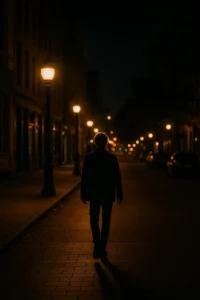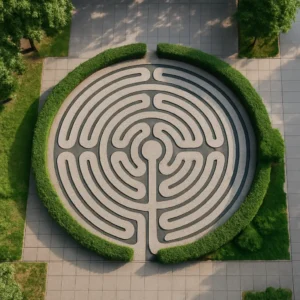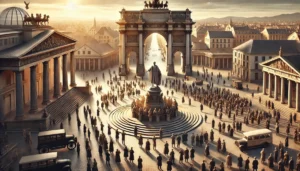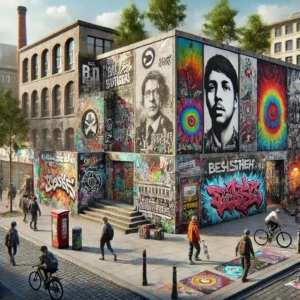In the midst of glass towers, busy intersections, and neon lights, ancient churches continue to stand as guardians of history. These sacred structures, often centuries old, are more than places of worship — they are symbols of endurance, architectural mastery, and cultural identity. As cities evolve, these churches remain rooted in the ground and in memory, reminding us that the past is never truly gone.
One of the most iconic examples is St. Paul’s Cathedral in London, a Baroque masterpiece built in the 17th century. Despite being surrounded by some of the most modern developments in Europe, it still dominates the city’s skyline. During World War II, the image of St. Paul’s standing tall amidst bombed-out ruins became a symbol of resilience for an entire nation.
In New York City, Trinity Church on Wall Street is a Gothic Revival structure built in 1846, though the original congregation dates back to the 1690s. Now nestled between towering financial institutions, Trinity’s quiet graveyard and timeless architecture offer a surprising pocket of peace in the city’s relentless pace.
Notre-Dame de Paris, although damaged by fire in 2019, still stands as one of the most iconic Gothic cathedrals in the world. Built in the 12th century, it has witnessed revolutions, wars, and cultural shifts. Surrounded by a vibrant, ever-evolving Paris, it continues to draw millions of visitors who come not only for faith but to connect with history.
In Istanbul, the Hagia Sophia is a stunning example of a structure that has lived multiple lives. Built in 537 AD as a Christian cathedral, it became a mosque, then a museum, and is now a mosque again. It blends Byzantine and Ottoman architecture and sits in a city that straddles two continents, reflecting centuries of change and coexistence.
The Church of the Holy Sepulchre in Jerusalem, believed by many to be the site of Jesus’s crucifixion and resurrection, is surrounded by a city of ancient walls and modern apartments. The site remains a focal point of Christian pilgrimage, deeply embedded in a city that is as much present as it is past.
Even in Tokyo, a city known for its innovation, you’ll find ancient Buddhist temples and Shinto shrines that have survived earthquakes, war, and urban redevelopment. Though not churches in the Christian sense, they serve the same purpose: spiritual refuge and historical continuity within a fast-changing landscape.
What makes these churches particularly fascinating is how they’ve adapted. Some now host art exhibitions, concerts, and community events. Others have been restored with modern materials to ensure their survival. Many still operate as active places of worship, welcoming believers and tourists alike.
Architecturally, ancient churches introduce a different rhythm to the city. Their thick stone walls, intricate carvings, and stained glass windows contrast sharply with steel and concrete. They often occupy central locations, making them both landmarks and anchors in the urban fabric.
These churches also carry emotional and symbolic weight. For many communities, they represent not just religion, but heritage. They are where generations have married, mourned, and gathered — their steps worn down by time and tradition.
As modern cities reach upward and outward, these ancient churches remind us to look inward and back. They ground us. They tell us that no matter how fast the world moves, some spaces still hold timeless meaning.







